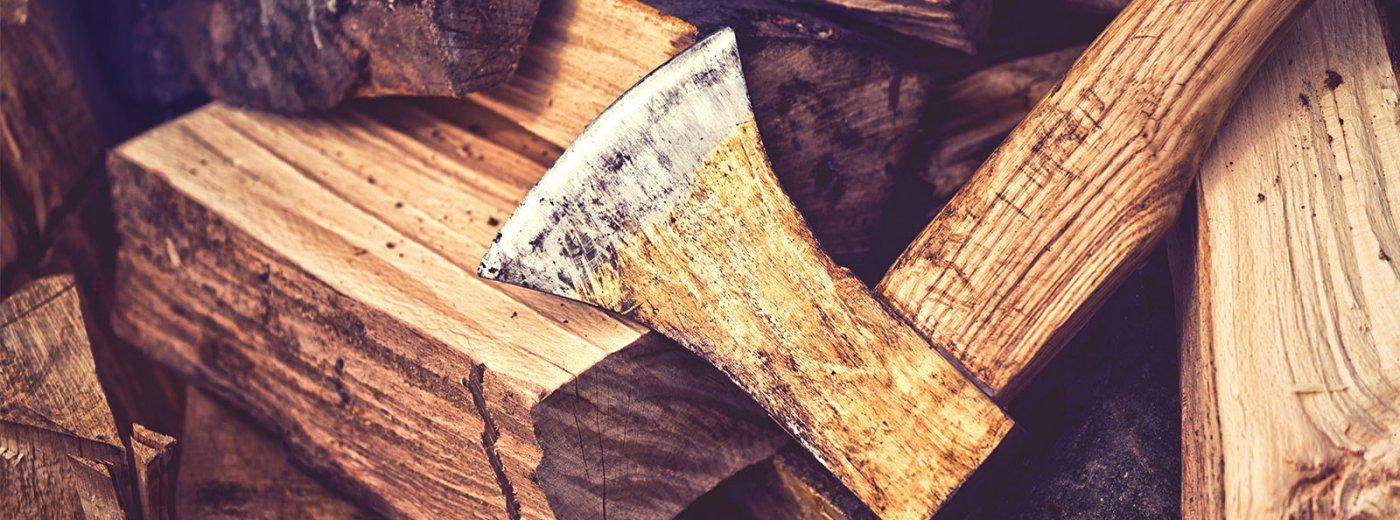How to dry wood
Here are some tips to get the novice wood burning stove owner drying wood and using their stove like a pro.
Here are some tips to get the novice wood burning stove owner drying wood and using their stove like a pro.
So, you have your new wood stove safely installed by a professional and are ready to enjoy a warm home for you and your family. That is great news, but to get the full potential from your stove, you must have a supply of dry wood on hand ready to use. Some wood stove owners may choose to purchase their wood and that is a viable option, but if you have the space and the ability to cut wood for yourself, drying your own wood for your stove will cut your heating bills to practically nothing. As we all know, heating expenses increase each year and with roughly half of all expenses utilised on monthly heating bills during the winter, drying your own wood is the optimal solution. Here are some tips to get the novice wood burning stove owner drying wood and using their stove like a pro.
Drying wood is not something you start at the beginning of the winter season. It takes time and patience to dry wood properly, so it is recommended that you cut wood in spring or the earliest part of the summer. This will enable your wood to have adequate time to dry. The drier the wood, the better it will burn as well as it being far less likely that creosote willbuildup in your stove and become a problem. Starting later in the year will lessen the chance of you being able to use the wood for the current season, meaning you will have to wait an additional year to use the wood. Keep in mind, this timescale is generalized as cuts of wood such as oak and birch will take considerably longer to dry.
Prepare your wood for drying in the proper manner. Cut and split logs to a size that will fit comfortably within your stove. Splitting the wood gives the fire more surface area without having to penetrate the bark to get the fire going. If the bark is pierced without properly splitting the wood, your fire won’t be anywhere near as hot and lots of smoke will be produced.
Some wood stove owners make the error of storing their wood in a wood shed that is completely closed off from the outside. Where this does keep out potential pests or would be wood thieves, it does not help with the drying process. Instead, it slows it down considerably and can lead to harmful mold buildup as the air cannot properly move through the stack. The best option for drying wood is having an outdoor shed with a roof over it to keep the wood dry, but without stifling necessary fresh air.
Do you know how you can easily start an environmentally friendly fire in your wood stove? With our guide we will show you a trusted procedure that makes lighting the fire easy.
Space is essential for proper wood drying procedures and it starts with stacking the wood just a little off the ground. Use a grate or some form of support to provide space between the ground and the wood for ideal air flow. You can then stack the wood on top of the support in one row. Stacking wood with the bark facing down or facing up will make no difference in drying time, but what will affect time is where it is stacked and how much space is available within the pile. When stacking, leave some space between logs and never tightly pack the pile. It is also recommended that the stack be able to have space between any walls for proper air movement as well.
In general, drying wood throughout the warmer months of the year will allow it to be available to you when the weather turns cold, but there are some ways to tell conclusively if the wood is properly dried:
Proper drying techniques will take time and patience, but the payoff is quite substantial, and many wood stove owners are enthusiastic about the process as it saves on heating expenses drastically. If drying your own wood does not sound like something you would like to pursue,wood purveyors are available throughout the UK providing available dried wood at affordable prices.
Do you know what kind of wood you want to dry? Check our our guide for information about different types of firewood.
